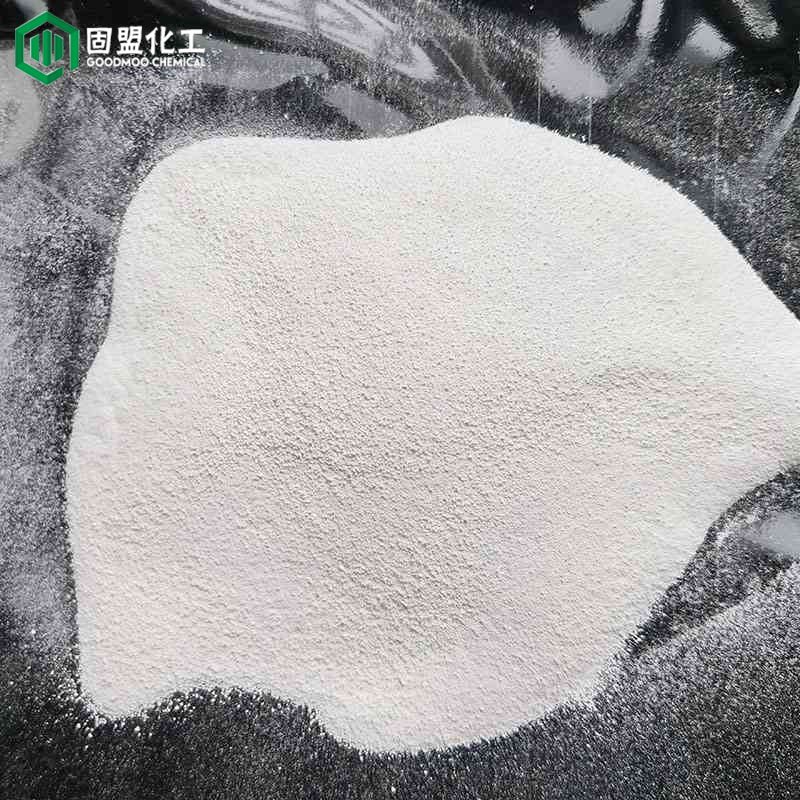
Methyl cellulose is a derivative of cellulose, a natural polymer found in plant cell walls. It is commonly used in various industries, including the food industry as a thickener, stabilizer, and emulsifier, as well as in pharmaceuticals, construction, and other applications. While methyl cellulose has several advantages, it also has some potential disadvantages:

Temperature Sensitivity:
Methyl cellulose can be sensitive to temperature changes. Its gelling and thickening properties may be influenced by temperature variations, which can be a challenge in certain applications.
Solubility Issues:
Methyl cellulose has limited solubility in cold water, and its dissolution may require specific conditions. This can affect its ease of use in some formulations, particularly if instant solubility is required.
Hydrophilic Nature:
Methyl cellulose is hydrophilic, meaning it has an affinity for water. While this is advantageous in certain applications, it can be a disadvantage in formulations where water absorption is not desired.
Texture and Mouthfeel:
In food applications, the use of methyl cellulose as a thickening agent may sometimes result in a gel-like texture that is not suitable for all products. This can affect the mouthfeel of certain food items.
Limited Stability in Acidic Conditions:
Methyl cellulose may not be as stable in acidic conditions, which can limit its use in formulations that require stability across a wide pH range.
Not Suitable for High Temperatures:
Methyl cellulose may not be suitable for applications that involve high temperatures because it can break down under heat, affecting its performance.
Potential for Allergic Reactions:
While rare, some individuals may be allergic or sensitive to methyl cellulose. It's essential to consider potential allergic reactions when using products containing this substance, especially in the pharmaceutical and food industries.
Environmental Impact:
Like other cellulose derivatives, the sourcing and production of methyl cellulose may have environmental considerations. It's important to assess the sustainability and environmental impact of the raw materials and manufacturing processes involved.
As with any chemical or additive, it's crucial to carefully evaluate the specific needs of a particular application and consider potential drawbacks and limitations. Additionally, adherence to recommended usage guidelines and regulations is essential to ensure the safe and effective use of methyl cellulose.
